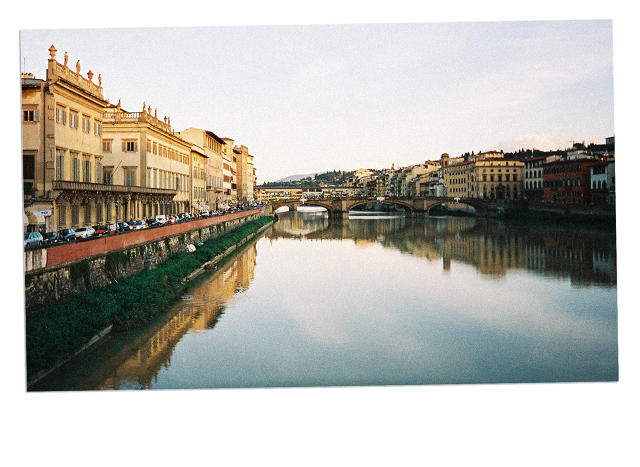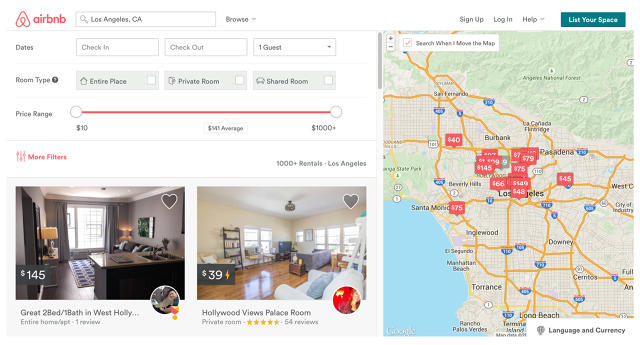Airbnb head of experience design Kate Dill on uniting business and design, war stories from Airbnb, and the hardest lesson she ever learned
Doreen Lorenzo: What do you think influenced your career path and becoming a designer?
Katie Dill: Growing up my sister and I were chopping wood, helping to build the extension on the house, taking down trees, driving cars when we were nine years old, and just playing outside in the Adirondacks, making things, like forts and whatever would come to us. And so it was very hands-on—if you see a problem, fix it. I think that kind of approach took me onto the design route, which is all about problem solving and making things.
I’d never even heard of the profession of design, outside of interior design. I studied history in college, because I wanted to know why things are the way they are, and graduated looking to try to understand my next step. While I was studying abroad in Florence I fell in love with architecture, so I started to explore that as a career, speaking to several different architects, trying to learn how they got into it and what they did. That’s when I realized it probably would not be a good profession for someone as impatient as me.
My roommate recommended I talk to industrial designers, and when I did, I realized it sounded like a dream job come true. I applied to school and was accepted at Art Center College of Design. I studied industrial design and did a study abroad at a business school, INSEAD in Singapore, and then did several internships that took me further into the business world.
I saw how MBA students would tackle problems a designer could tackle, but in a different way. And I saw their way of thinking versus our way of thinking, and how together we could do something really great. That energized me to unite the fields. Because it’s not enough to just imagine a beautiful thing. It’s all about: how does that thing fit in the larger ecosystem? What’s the impact going to be on the community? What’s the impact going to be on the business?
Later when I went to work at frog design, I came in as what they called a design analyst. And I started doing more interaction work, and more design strategy, leading design projects. And then from there, after five years at frog, I was leading teams and building teams. Now my design project at Airbnb in many ways is helping to design the team that creates all of our digital products.

You’ve worked both on the agency side and on the business side. From your perspective, what’s the difference?
On the agency side, there’s a diversity of work, there’s the ability to think, sometimes, really big blue-sky, and come in with fresh eyes to offer advice to a company, where sometimes they’re so entrenched in their day-to-day work that they’re not able to see it. Your job is to bring them around to it. It is about inspiration. You’re not doing it for them. It doesn’t make for sustainable change if you come in and just design it for them. Later on, they need to own it and embrace it and make changes themselves.
Of course, when you’re in-house, you’re on the other side of that coin. You are entrenched in the details, and you’re very close to your users. You’re the team that’s going to be there to start it and finish it. When I joined Airbnb a little over a year ago, there was that click that went off in my head that was like, “Oh, this is why it’s different.” And I just felt this overwhelming and exciting sense of responsibility that, yeah, it’s on us to come up with big ideas and it’s on us to see it through. If it doesn’t get done, it’s no one’s fault but ours.
What’s the hardest lesson you’ve learned?
Well, I think the first thing that comes to mind is that nothing’s ever final. And I do think that can be a hard lesson to learn. As we grow older, we find that the world is going to change. There are things that are going to cause us to question our assumptions, make us rethink things, sometimes make us redo things. And that can be tough, especially when you’re like, “Oh my…we’re fantastic, and we’re growing, and we’re doing all these wonderful things,” and then the economy tanks. There are these things that sometimes are outside of our control, and we need to roll with them. And as designers, I feel that we have an unbelievable ability to not only institute new change, to improve, but to roll with that change. And ideally we’re able to thrive in the ambiguity that comes along with it.
Can you share a war story from your tenure at Airbnb so far?
During Airbnb’s brand evolution last spring, we changed every single pixel across our entire digital platform. It was a great opportunity to clean up our design and bring better consistency to the entire system. It was also a great learning experience for how best to roll out changes with our hosts in mind. For example, we tested the importance of a feature that displays how many guest reviews a host has received. When we launched the new search interface, we didn’t include the number of guest reviews on the search results page.
Within 12 hours, we heard from many hosts this number should be visible in search results. They viewed their number of guest reviews as a badge of honor and identified it as an important part of the guests’ decision-making process. We learned the importance of talking to our hosts (and guests) early and often. We get their feedback, then iterate, and clearly communicate changes to the platform. Our hosts are core to the experience, and they are our partners. This small change was a big lesson in how to act as better partners.

Now that you’ve had lots of different experiences under your belt, what does designing mean to you today versus how you may have felt in the past?
When I first learned about design, I immediately thought it meant making something—making a product. But we’re not only designing objects, we’re designing strategies. We’re designing teams. We’re designing the way we work. That’s where I learned that design is actually something far broader. Just to simplify it down to its littlest bit, I would say design is simply intent.
And obviously, not all design is good. Great design thinks about the business, the planet, the users that are going to be impacted by those decisions. You’re thinking through big questions like what are the implications of these choices? What is the problem I’m trying to solve? What is the outcome? We seek to make the right decisions based on all of those factors—making the appropriate compromises to find a solution that will be the best fit for all of these variables. That, to me, is design.
Do you think being a woman plays a role? Does it make it harder, does it make it easier, or does it really not impact you—you just do your job?
My only hope would be that it doesn’t have to be part of the conversation, and I don’t think we’re there yet. For me personally, I haven’t felt that I have lost opportunity because I’m a woman. I do feel like it is important that women are able and willing to connect around our place [or roles] in the business world, including our greater and growing presence at all levels of government and business.
(210)